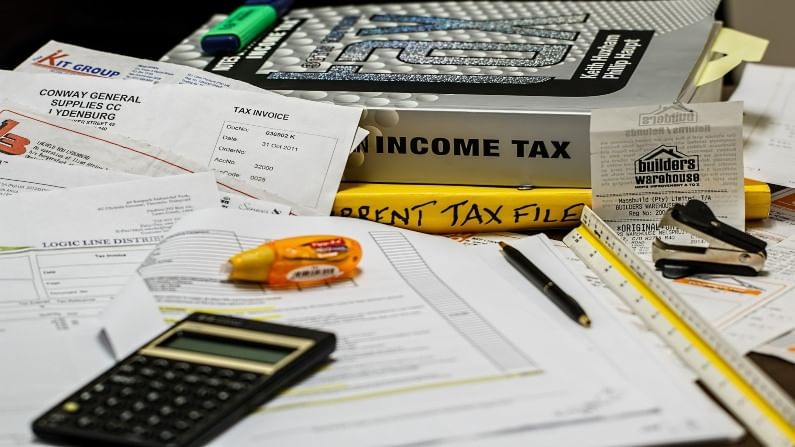Faceless tax assessments: Harassment has come down, say lawyers
Department leniently treating cases in order to instill confidence among tax payers, said lawyers

The faceless assessment introduced by the Income Tax department from August 13 is a welcome improvement upon the earlier system but a few technical limitations need to be addressed, lawyers said.
The technical constraint pointed out was that an assessee could upload only 10 attachments and each attachment can accommodate 50MB of data.
“We face situations where an assessee has to upload bank statements and they run into hundreds of pages. He has to make a number of separate files and uploading them might take more than a day. Moreover, in case of faltering data links, if the connection snaps after uploading nine files, one has to carry out the entire process once again. These become very tedious for any assessee,” said Tapas Chakraborty, IT tax lawyer.
“Any new system is bound to have both advantages and disadvantages. This system is bound to generate long term benefits and, if the technical constraint is addressed, it would be a runaway hit,” added Chakraborty.
In the first week of February, Central Board of Direct Taxes chief PC Mody said about 2 lakh cases were evaluated under the faceless system and about 35,000 were completed.
Outlining the advantages, lawyers said earlier it was their common experience to visit the department and find IT officers busy in meetings or absent from office.
“It was very common to find an officer busy in meetings with higher officials. It was also frequently seen that a few more representatives of clients were waiting to meet the same officer and one had to return the next day. All that harassment has certainly ended,” said Kumarjit Das.
Das, however, pointed out another trouble area.
Both assessment and first appeals have all become faceless. Even the second appeal has also become faceless in many areas.
“Earlier, in some instances some professionals and businessmen would send their office personnel to the Income Tax department. But now that is no longer possible. They have to turn to lawyers on whom they are becoming increasingly dependent. But a large section of lawyers, especially those who are of 60 years and above are not technology-friendly. They are taking the help of others to respond to the department’s queries,” said Das.
But he conceded that the new technology has also eliminated the undesirable element of personal whims and fancies of officers.
The current faceless system offers a 24X7 service to present ones case. Therefore, one can respond to the department’s questions even at the dead of night, said lawyers.
However, lawyers also said that the I-T department is now handling cases in a lenient way.
Himadri Mukherjee, Secretary, Income Tax Bar Association, also agreed with Chakraborty.
“The system is progressing well in the first year. It is apparent that the department is trying to instill confidence among the people about the new system. The treatment also seems to lenient,” remarked Mukherjee.
Mukherjee pointed out that for professionals and businessmen, the expenditure claimed by the assessee was often questioned by the department. Also doubts were often raised on sundry creditors that the assessee might show. This year, the department seems to be accepting the claims with fewer questions, he said.
“However, gross discrepancies are being questioned by the department,” said lawyers.
Assessment orders that often used to run into 5-10 pages have also generally come down to one-two pages.
Last August when the faceless assessment scheme to “honour honest income tax payers in the country” was unveiled, the Central Board of Direct Taxes said henceforth all income tax appeals – ranging from allocation of appeals to communication of notices, verification, enquiry and hearing will take place online eliminating any physical interface between the taxpayers, or their lawyers and the Income Tax officers.
The objective was to remove both the harassment of the taxpayer and any chance of corruption to evade taxes.
Lawyers said that in the new system everything is done by a computer. If a tax return is picked up for scrutiny it is the computer that does it. The risk parameters are assessed by machine which then allots the assessment randomly to a team of officers.
“The allocation of a case is done in such a way that officers who would assess it is located in a different geographical region so that the chance of the tax payer meeting the officer is limited,” said Himadri Mukherjee, income tax lawyer and former secretary of the Income Tax Bar Association Calcutta.
Mukherjee also said that the I-T department is taking tough measures if they get to know that their officers are trying to contact the tax payer.
“When one files returns, documents are scanned and uploaded. It is possible that officers can find the coordinates of the taxpayer from his letterhead. We have come to know that the department is not taking such transgressions lightly,” said Mukherjee.